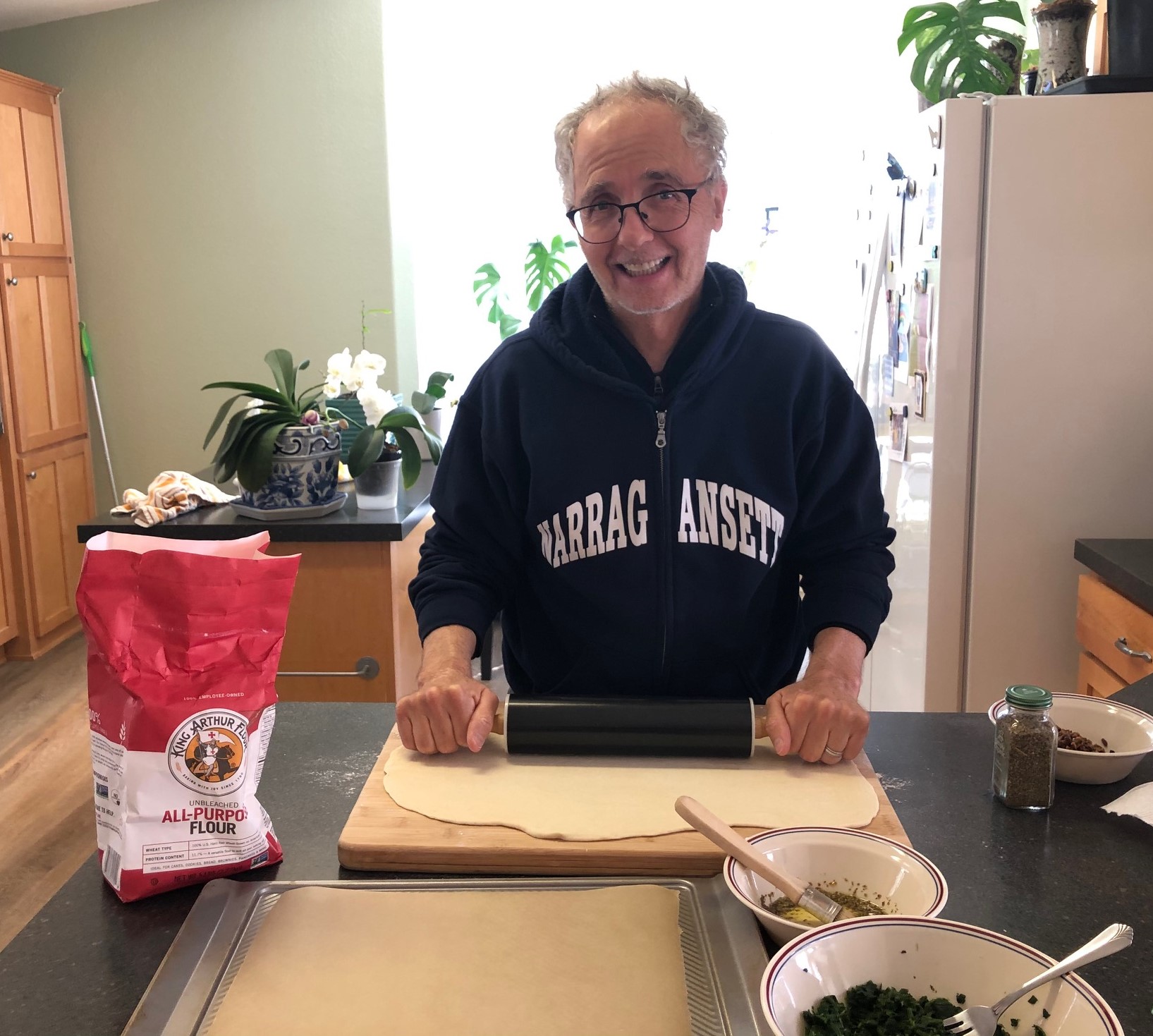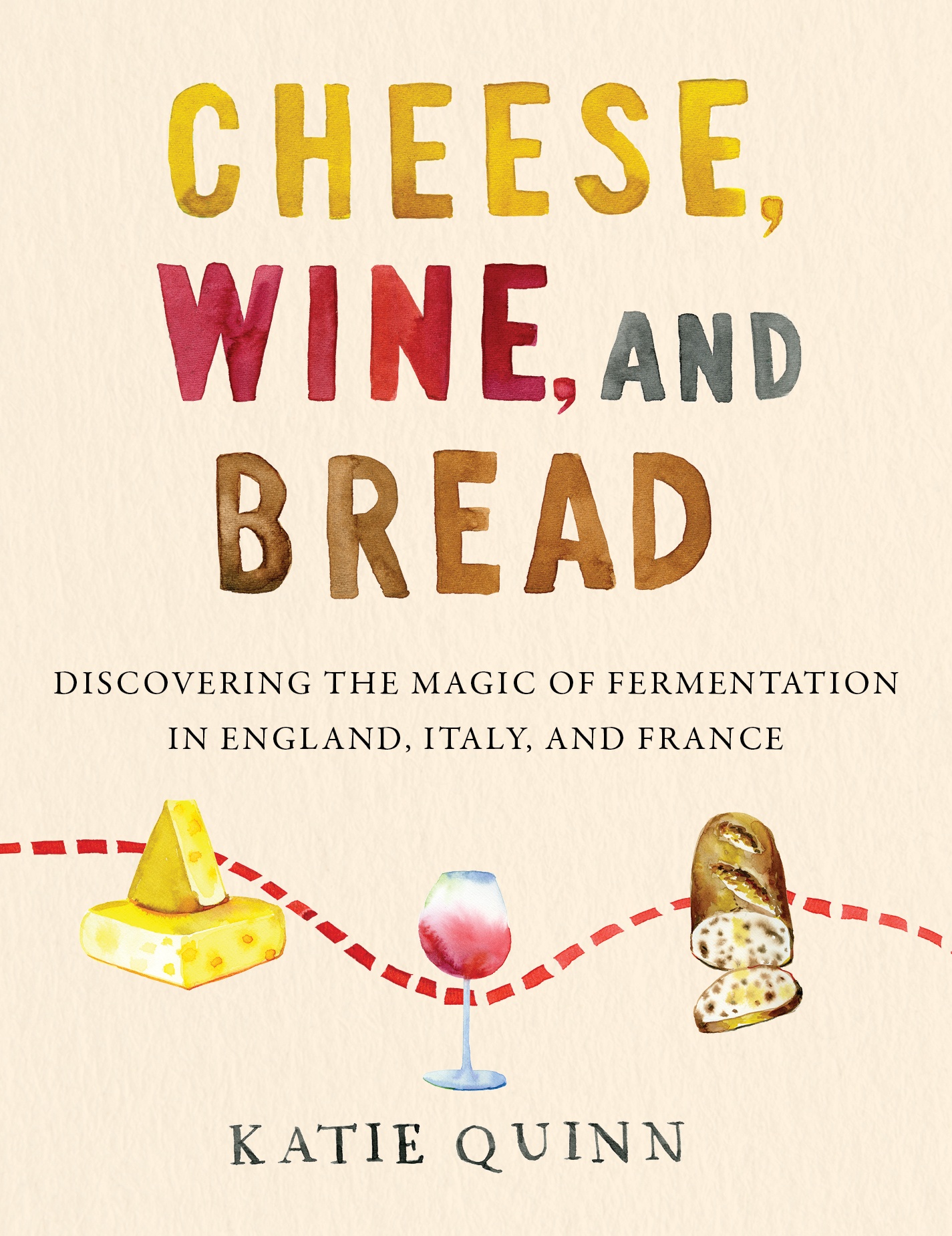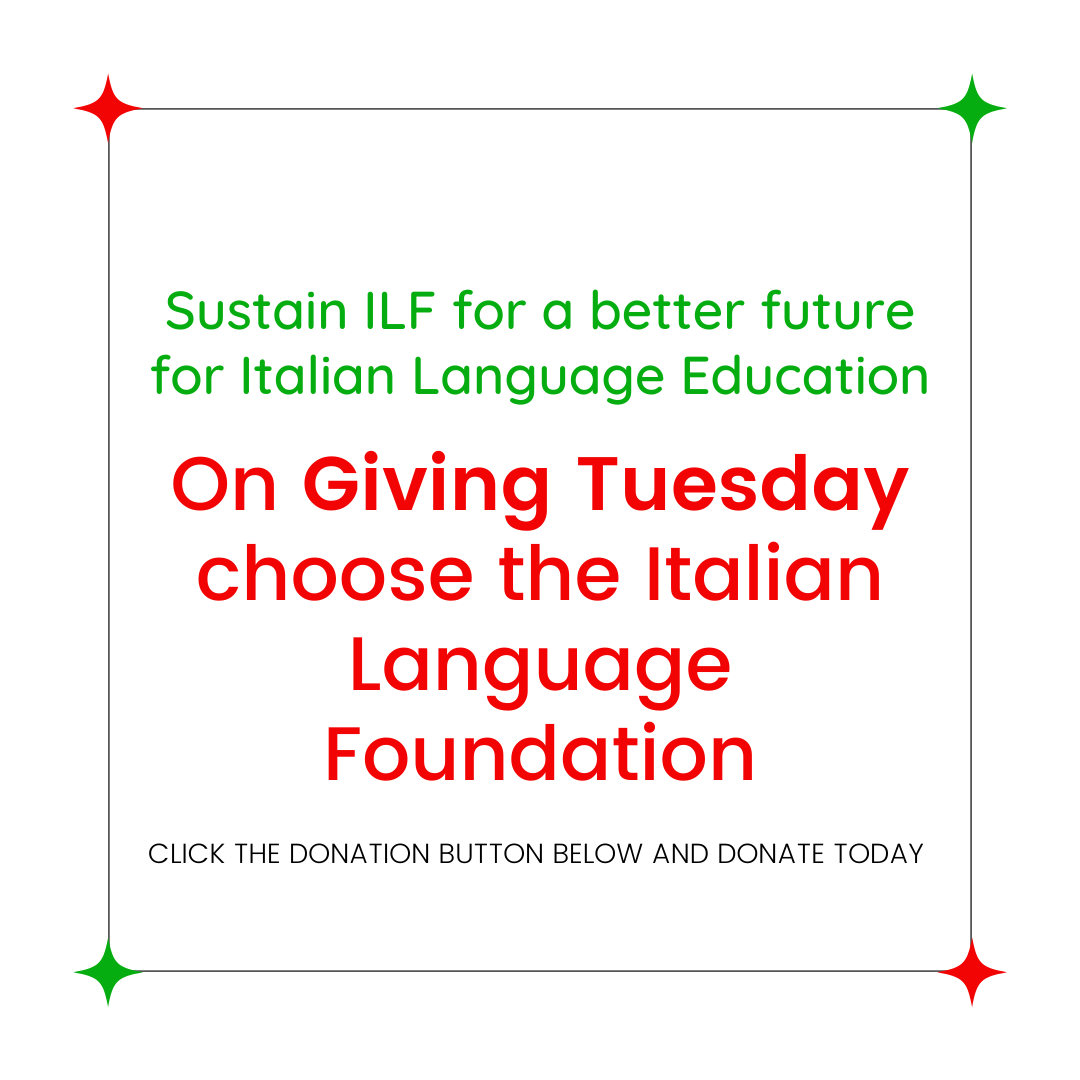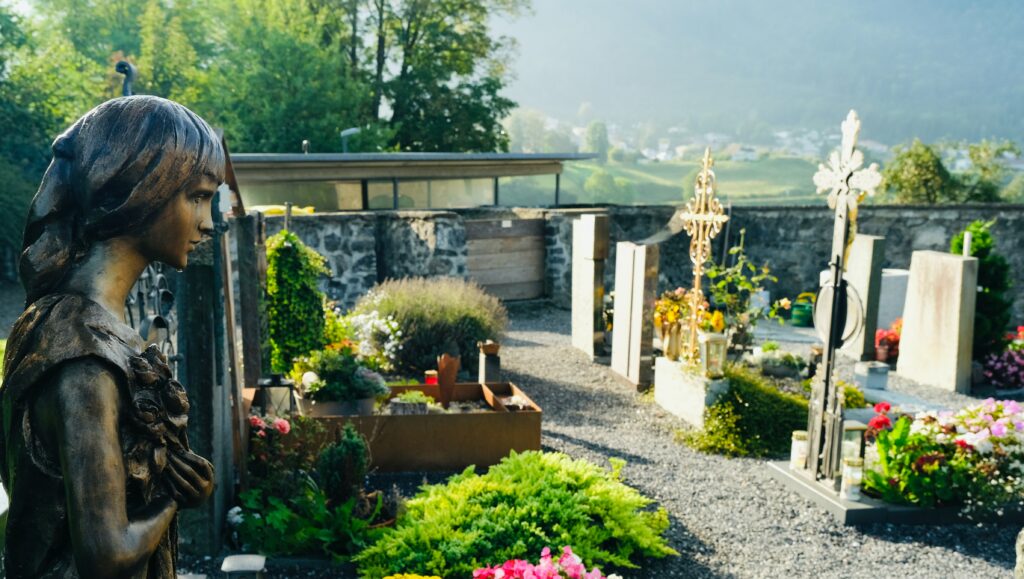
Written by Clara Vedovelli, a graduate student in Language Education from the Ca' Foscari University of Venice. She received her bachelor's degree from the University of Bologna in foreign languages and literatures. During her masters, she collaborated with the Ca' Foscari School for International Education and she interned at the Pedagogical University of Cracow as a tutor of Italian. Clara is aspiring to gain hands-on experience in a professional environment outside the classroom, and she is focusing on creating active engagement on the ILF's social media platforms. Being born in the Italian Alps, Clara enjoys hiking and spending time in nature.
My grandma used to say that cooking for someone is the highest form of love. Cooking is the most effective yet simple way to connect with people around you. Gary Campanella had the privilege to experience such deep connection firsthand. As an Italian American, Gary was used to see the people around him cooking and showing their love through delicious food. As an adult, Gary started writing a book to collect new and old recipes handed down for generations. Gary’s book “Sempre Famiglia. How baking came to Rhode Island from Campania and Toscana, and still continues today” is more than a cookbook, it is a collection of stories and family ties with a look to the future, and we are more than happy to present it to you.
As Gary said “This book has its beginnings in the 1960‘s in the basement of my parents’ house in Rhode Island. It was not uncommon in those days for Italian-American households to have two kitchens -the formal kitchen upstairs and the basement kitchen which was warmer in the winter and cooler in the summer. The basement kitchen was where my mother would make sauce, my father would make homemade gnocchi, and we kids would help or get in the way.”

The author stresses the importance of baking especially during the holiday season: “At both Christmas and Easter -but especially at Christmas – we made a lot of sweet pastries in the basement because there was room and it didn’t interrupt the daily meal preparation upstairs. In the days approaching Christmas, we all worked together making the doughs, rolling out the dough, pinching pieces of dough, and making bows, balls, and wafers. Starting early in the evening and working into the night, we would make struffoli, ceccalini, pizzelle, prune cookies, and almond cookies in anticipation of many visitors and of Christmas day itself. My mother had the most stamina and often continued to finish off a batch after the rest of us went to bed.”
Whenever I read Gary’s lines, I can feel a deep and unconditional love for his family and his Italian roots. What I appreciate the most is the desire to make these memories everlasting, and writing a book seems to me the best way to capture delightful family moments and memories. At some point in life, we may feel the urge to strengthen that connection with our authentic roots in order to find out who we are and where we are from.
As Gary said “Perhaps because I was the one who moved away (to California), I needed written recipes to keep these beloved traditions going. In the early 1980’s, I started collecting handwritten recipes from my mother, one of my aunts, my sisters, my father, and from the Italian-American newspapers that were common at that time in Providence”.
Gary took his love for baking after his family members and passed this gift to his daughters: “I kept baking at Christmas and Easter and at other times. I have always liked baking as a hobby. And when my daughters came along, they started baking as soon as they could walk. They and I have missed only one year of Christmas baking due to the pandemic.”
Baking represents a valuable family experience that connects the past generations with the future ones. Baking and cooking honor those who came before us creating meaningful connections with those who will come after. Gary’s mother and aunt could not see the finished book, but their traditions and recipes will now live forever.

Gary addresses younger generations of Italian-Americans: “I hope this book may serve as an inspiration to other Italian-Americans to write down our traditions to share with your families, especially the younger members, and to bake and cook with them what our parents and grandparents did. In that way, the younger generations will still feel some of what it means to be Italian.”
Thank you, Gary, for your inspiring story. Gary’s book is a beautifully designed cookbook: it is rich in original pictures, handwritten recipes, and delicious pastries. Please check out Gary’s book here.



 Written by Clara Vedovelli, a graduating student in Language Education from the Ca’ Foscari University of Venice. She received her bachelor’s degree from the University of Bologna in foreign languages and literatures. During her masters, she collaborated with the Ca’ Foscari School for International Education and she interned at the Pedagogical University of Cracow as a tutor of Italian. Clara is aspiring to gain hands-on experience in a professional environment outside the classroom, and she is focusing on creating active engagement on the ILF’s social media platforms. Being born in the Italian Alps, Clara enjoys hiking and spending time in nature.
Written by Clara Vedovelli, a graduating student in Language Education from the Ca’ Foscari University of Venice. She received her bachelor’s degree from the University of Bologna in foreign languages and literatures. During her masters, she collaborated with the Ca’ Foscari School for International Education and she interned at the Pedagogical University of Cracow as a tutor of Italian. Clara is aspiring to gain hands-on experience in a professional environment outside the classroom, and she is focusing on creating active engagement on the ILF’s social media platforms. Being born in the Italian Alps, Clara enjoys hiking and spending time in nature.





